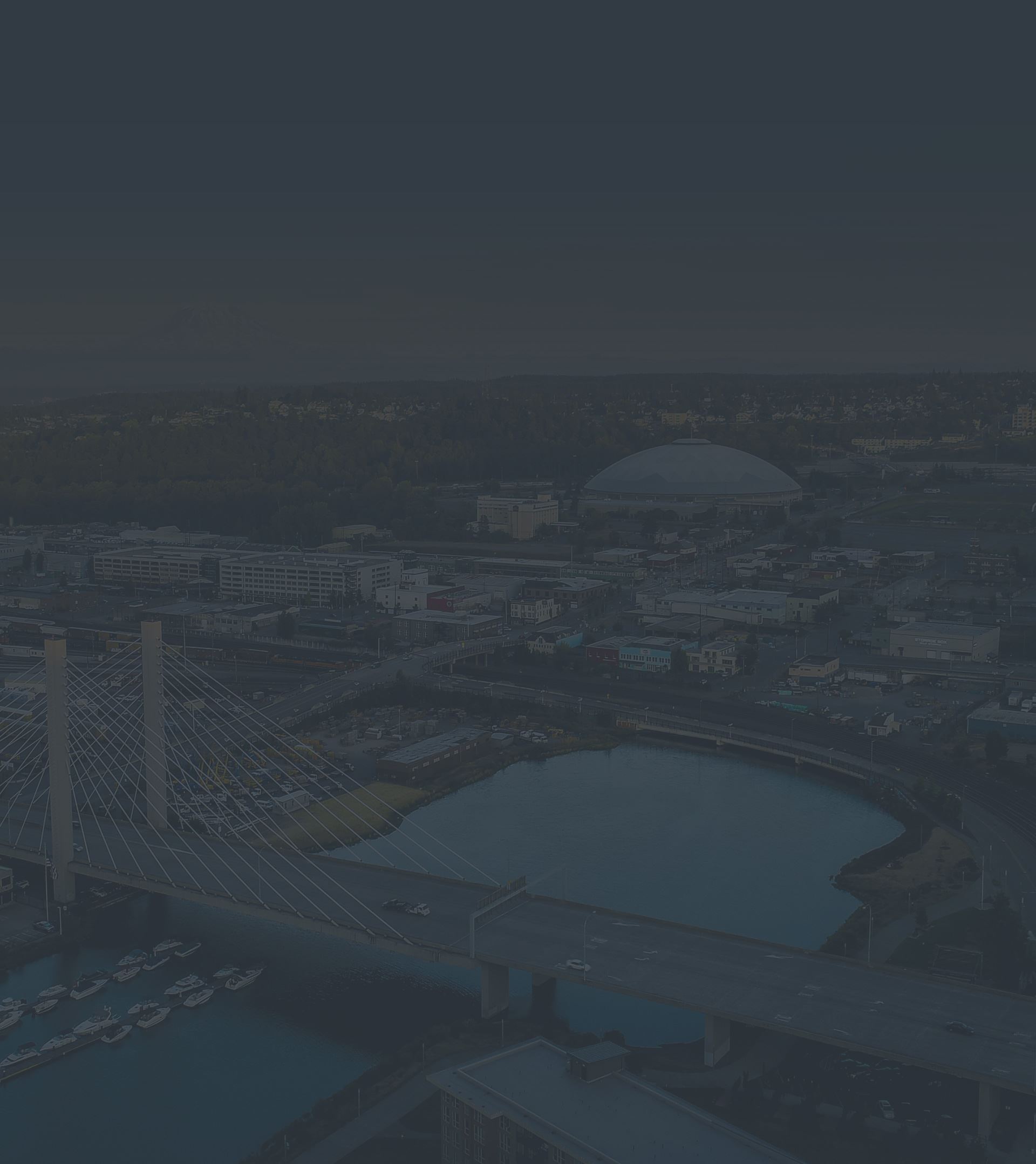Car accidents can be devastating, both physically and emotionally. If you’ve recently been involved in one, you’re likely feeling overwhelmed with questions about what went wrong and who may be responsible. Understanding the common causes of car accidents and who is typically at fault can help clear up confusion and provide you with the clarity you need to take the next steps.
Common Causes of Car Accidents
Car accidents most often arise from preventable errors or reckless behaviors. By identifying the root cause of a crash, insurance companies, law enforcement, and legal professionals can better establish liability. Below are some of the most common causes:
1. Distracted Driving
One of the leading causes of car accidents is distracted driving. Texting, eating, using a GPS, or even adjusting the radio can divert a driver’s attention from the road. According to the National Highway Traffic Safety Administration (NHTSA), taking your eyes off the road for even five seconds at highway speeds is equivalent to driving the length of a football field blindfolded.
Who’s at fault?
The distracted driver is typically held liable in these cases, as they failed to give their full attention to operating the vehicle.
2. Speeding
Speeding is another significant factor in car accidents. When a driver exceeds the speed limit or drives too fast for road conditions, their ability to react to hazards diminishes. This can lead to severe crashes that could have been avoided by adhering to safe speed limits.
Who’s at fault?
The speeding driver is generally found at fault. However, other contributors, such as poor road signage or weather conditions, may also complicate the case.
3. Driving Under the Influence
Driving under the influence of alcohol or drugs is not only illegal but also a major cause of fatal accidents. Impaired drivers have delayed reaction times, poor judgment, and reduced motor skills, putting everyone on the road at risk.
Who’s at fault?
Drivers who operate vehicles under the influence are almost always deemed fully responsible for a collision.
4. Failing to Obey Traffic Laws
Failing to yield, running red lights, or rolling through stop signs are prime examples of reckless driving that can quickly lead to accidents. These behaviors disregard standard traffic laws designed to keep all road users safe.
Who’s at fault?
The driver who failed to follow traffic laws is typically held at fault. Traffic cameras, eyewitness statements, and police reports are often used to confirm these violations.
5. Poor Weather Conditions
Rain, snow, fog, and ice can greatly reduce visibility and traction on the road. While drivers can’t control the weather, they are expected to adjust their driving to suit the current conditions. Failing to do so can result in accidents.
Who’s at fault?
Fault in weather-related accidents depends on the situation. A driver who fails to reduce speed or use proper caution might be held liable. Sometimes, multiple parties may share fault due to unforeseen hazards.
6. Mechanical Failures
Issues such as brake failure, tire blowouts, or engine malfunctions can also lead to accidents. These mechanical failures may be caused by inadequate vehicle maintenance or defects in the manufacturing process.
Who’s at fault?
When a mechanical failure leads to an accident, liability can be shared. The car owner may be at fault if they neglected routine maintenance, while manufacturers could share blame if a defective part is involved.
7. Teen or Inexperienced Drivers
Lack of driving experience can make teen or newly licensed drivers more prone to making errors behind the wheel. These errors can include misjudging distances, failing to notice warning signs, or reacting too slowly to hazards.
Who’s at fault?
Typically, the inexperienced driver is found liable, though this can also depend on the circumstances of the crash.
Determining Fault in Washington State
Washington is an “at-fault” state, meaning the driver responsible for causing the accident is liable for covering damages through their insurance. The fault is typically determined based on evidence such as:
- Police reports: Officers often document the scene and record any traffic violations or negligent behaviors.
- Eyewitness statements: Other drivers or pedestrians who saw the incident may provide accounts of what happened.
- Dashcam footage: Video evidence can help clarify the events leading up to the crash.
- Accident reconstruction experts: These professionals analyze evidence to determine the likely series of events.
It’s important to note that Washington State follows a comparative negligence rule. This means fault can be shared among multiple parties based on their level of responsibility. For example, if you were speeding when another driver ran a red light and hit you, you could both be partially at fault. Your compensation would then be reduced by your percentage of fault.
What Should You Do After a Car Accident?
If you’ve been involved in an accident, here are some steps to protect yourself and build a strong case:
- Seek medical attention: Your health is the priority. Even if you feel fine, get checked out by a medical professional. Injuries like whiplash or concussions might not show symptoms immediately.
- Call the police: Filing an official police report creates a record of the accident, which can be helpful during insurance and legal processes.
- Document the scene: Take photos of the vehicles, surroundings, and any visible injuries. Collect contact information from witnesses.
- Notify your insurance company: Report the accident to your insurer as soon as possible, but avoid admitting fault until an investigation is complete.
- Consult an attorney: Navigating insurance claims and legal disputes can be complex, especially when determining fault or pursuing compensation. Speaking with an experienced car accident attorney can ensure your rights are protected.
Car Accident Attorneys Here to Help
Recovering from a car accident can be difficult and stressful. That's why our team is here to provide the guidance, advocacy, and support you need.
At Becker Franklin Rovang, we’ll help car accident victims throughout Washington State understand their legal options, establish fault, and fight for the compensation they deserve. With years of experience working with car accident victims, we are committed to helping clients move forward.
Contact us today at (360) 800-3009 for a free consultation. We’re ready to listen to your story, review the details of your case, and help you on the road to recovery.











